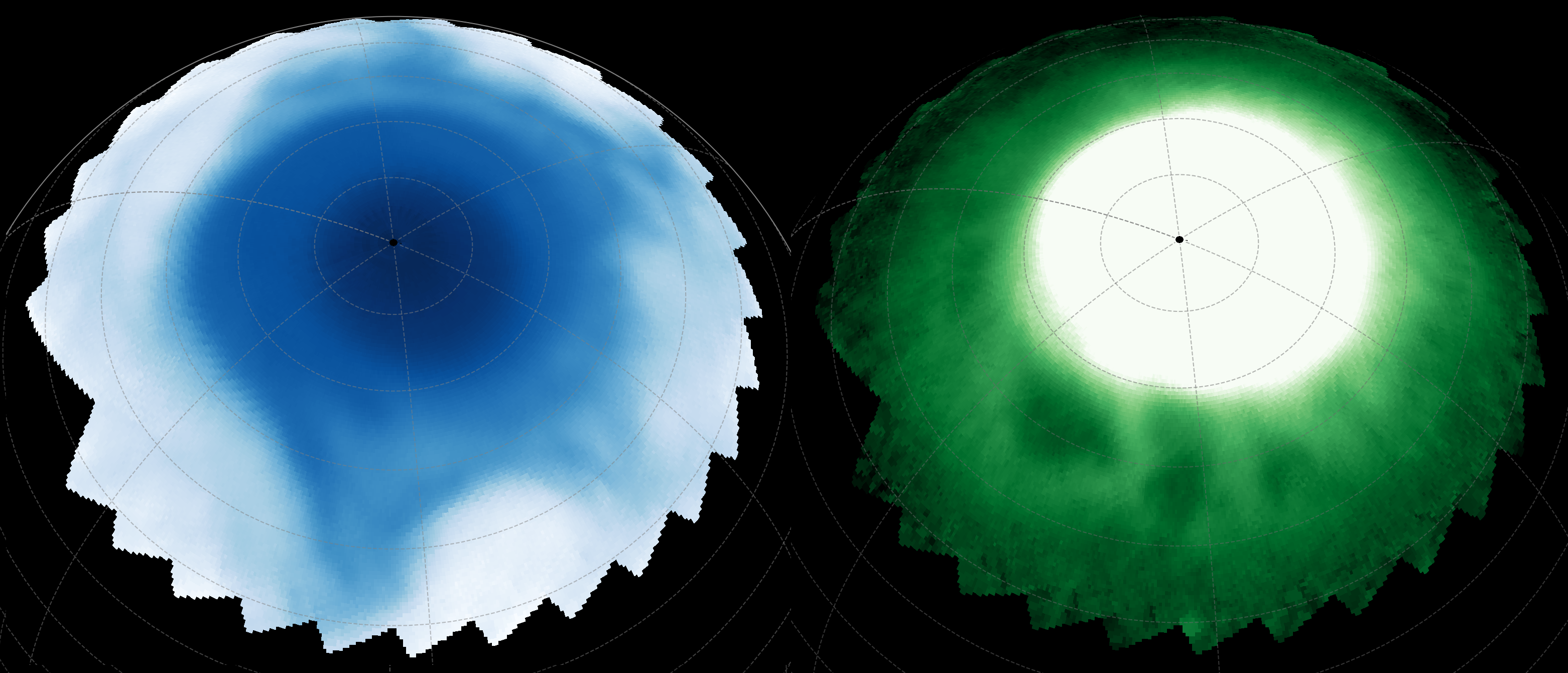When you buy through links on our articles, Future and its syndication partners may earn a commission.

The Curiosity rover discovered what looks like coral on Mars. | Credit: NASA Jet Propulsion Laboratory
NASA’s Curiosity rover has sent back intriguing images of what looks like a piece of coral on Mars.
The strange object is in fact a small, light-colored, wind-eroded rock, which the rover found inside the Red Planet’s Gale Crater on July 24 — but it looks remarkably similar to the reef-building creatures found in Earth’s oceans.
A black and white picture taken with Curiosity’s Remote Micro Imager — a high-resolution, telescopic camera that is mounted on the rover — and shared by NASA in a statement on Aug. 4 shows the approximately 1-inch-wide (2.5 centimeters) rock with its intricate branches.
“Curiosity has found many rocks like this one, which were formed by ancient water combined with billions of years of sandblasting by the wind,” NASA representatives wrote in the statement.
Coral-shaped rocks on Mars started forming billions of years ago, when the Red Planet still had water, according to the statement. Just like water on Earth, this water was full of dissolved minerals. It percolated through small cracks in Martian rocks, gradually depositing minerals and forming solid “veins” inside the rocks.
These veins form the strange branches of the coral-shaped object that we see in Curiosity’s picture today, after millions of years of erosion by sand-laden winds wore away the rock.
Related: 32 things on Mars that look like they shouldn’t be there
Other examples of unusual rocks found on Mars include “Paposo” — a strangely-shaped rock measuring about 2 inches (5 cm) across that Curiosity also discovered on July 24 — and a tiny, flower-shaped object, which the rover photographed in Gale Crater in 2022.
RELATED STORIES
—Mars rover captures first close-up photos of giant ‘spiderwebs’ on the Red Planet
—Lights on Mars! NASA rover photographs visible auroras on Red Planet for the first time
Curiosity landed on Mars in 2012, touching down in the Gale Crater — a meteor impact crater on the boundary between the Red Planet’s cratered southern highlands and its smooth northern plains. The rover’s mission, led by NASA’s Jet Propulsion Laboratory in California, is to scan the Martian surface for any signs that it was habitable at any point in the distant past.
So far, Curiosity has traversed roughly 22 miles (35 kilometers) of the 96-mile-wide (154 km) crater. Its path is meandering and slow, because it has to stop to drill into rocks, collect samples and gather data.
The rover’s explorations have uncovered abundant evidence that the potential for life once existed on Mars, including long carbon chains from 3.7 billion-year-old rocks and signs that Mars once had a carbon cycle.
Source link


